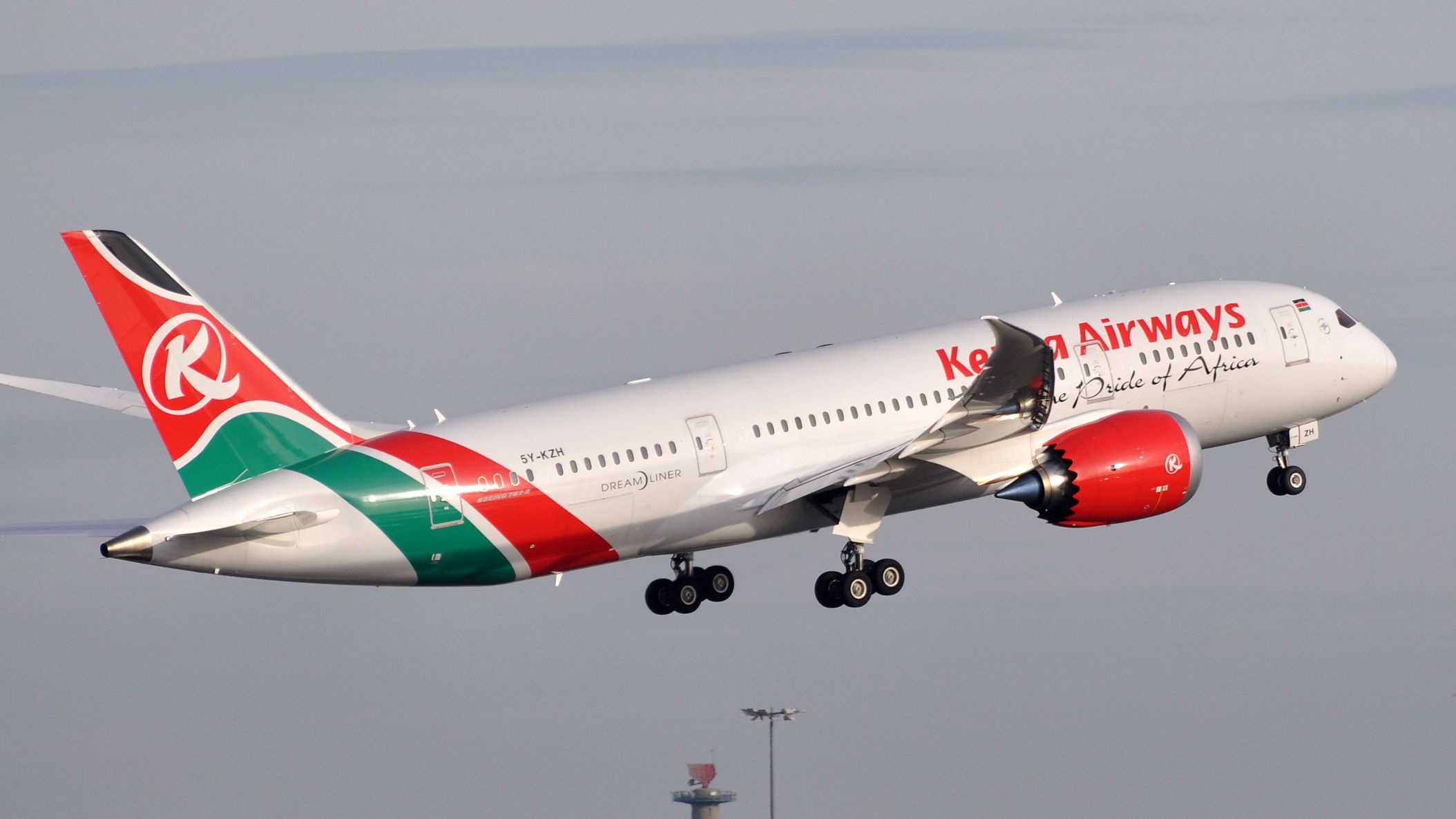Kenya Airways is stripping seats from two Boeing 787s to make them mini-freighters. (Photo: Flickr/Eric Salard) Kenya Airways is preparing to operate the first Boeing 787 passenger plane with seats removed to increase space for cargo.
Montreal-based Avianor in January delivered the first modified 787 Dreamliner to Kenya Airways and is currently pulling seats from the second aircraft, the companies announced this week. Avianor, an affiliate of DRAKKAR Aerospace & Ground Transportation, is the same aviation maintenance and repair company that repurposed four Boeing 777s and three Airbus A330 aircraft for Air Canada last year.
Avianor said the 787 is the first one to its knowledge with seats removed. The reconfigured cabin can carry up to 16 additional tons of cargo, for a total potential payload of 46 tons.
Airlines, struggling for alternative revenue sources during the COVID pandemic, have repurposed more than 2,500 parked aircraft for dedicated cargo service to meet intense demand to transport critical medical supplies, industrial goods, food and other commodities. Of that total, only about 160 aircraft were changed to allow for floor loading in the cabin.
Meanwhile, Kenya Airways is negotiating with the government to become the country’s primary cargo carrier and fill the void created by the grounding of passenger flights, local broadcaster Citizen Digital reported Thursday .
That would increase competition with the other Nairobi-based cargo airline, Astral Aviation.
Kenya Airways has nine Dreamliners in its fleet. Last year, the carrier used some of them as passenger-freighters, with seats intact. It also operates two Boeing 737-300 freighters and plans to be actively involved in upcoming vaccine distribution in Africa.
CEO Allan Kilavuka said the adapted 787s will increase cargo capacity by 10% and help handle e-commerce growth in Kenya, according to Citizen Digital.
Taking out seats isn’t the equivalent of a full cargo conversion, which typically happens when planes reach their passenger lifespan. Small doors prevent the upper deck from taking containers, forcing airlines to manually load boxes one by one. And cargo must be light because the floors haven’t been reinforced as they are during a permanent conversion.
The Kenya Civil Aviation Authority and U.S. Federal Aviation Administration issued airworthiness certifications for the modified aircraft. The new configuration requires special fire safety precautions and weight-and-balance guidelines.
RELATED NEWS:
